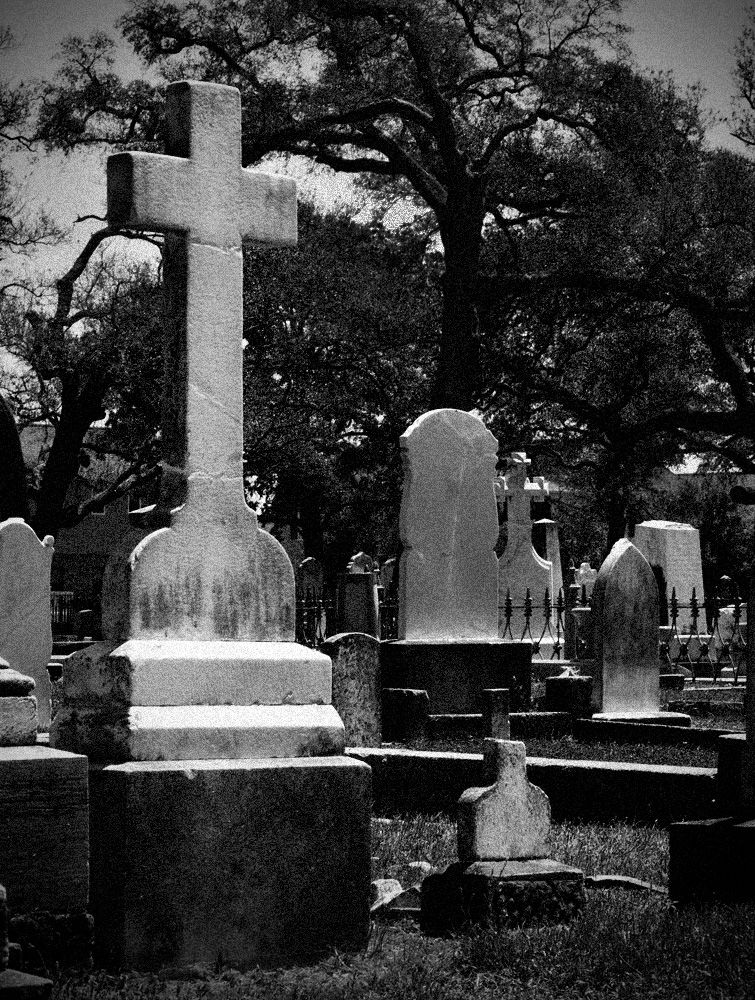Camera Fun
Senior Member
I'm looking for information on what you have set for your maximum ISO (with Auto ISO sensitivity control set to On) and why you chose it? Thanks.
I'm looking for information on what you have set for your maximum ISO (with Auto ISO sensitivity control set to On) and why you chose it? Thanks.
Digital cameras have spoiled us with their sharpness and noise reduction, compared to shooting film when a little noise was widely acceptable.

I'm with Rocky, Kevin and Fred, I have never used auto ISO and I never will. Call me a control freak, I don't mind, but I simply refuse to relinquish control over any part of over the photographic process to a machine. I will admit that having an adjustable ISO with a digital camera is certainly a great convenience with much more flexibility over shooting film, but I still reserve the right to change it when I think it needs to be changed, rather then when the camera thinks it should be. Using auto ISO could very easily screw up the exposure particulars I had intended for that particular image. I set an exposure, either with digital or film with a particular visualization in mind.
I don't use auto iso but if the situation warrants (low light no shots) I will crank mine up. I have shot at iso 3200 and sure there is some noise but still I would rather have the capture than the alternative. For those that fear the noise, I see lots of lost shots.
Agreed. I tend to shoot with a lot of "automatic" features because with the mundane being taken care of by the camera, I'm free to focus (ha!) on things the camera can't handle on its own, like composition. I use only as much "Manual" as I find I need to get the shot I want. Sometimes that means a lot of camera control by default, sometimes that means going full manual. A killer shot is no more "killer" for having been shot in full manual, IMO.I get a charge out of these folks that say " Oh would never use auto iso" what a waste of resources. I experiment with ALL my features that my gear comes with.
